As cyclists, we are huge advocates for family biking as a way to improve the physical and mental health of children, adolescents, adults, and seniors. No matter your age or current level of fitness, cycling is a sport that is low-impact, accessible, and brings people together through the exploration of surroundings, breathing of fresh air, and enjoyment of physical exercise.
(Image credit: Adobe Stock)
With society still lingering in the fog of the COVID-19 pandemic, and a resultant 25% and 20% of youth, respectively, experiencing clinically elevated levels of depression and anxiety, we are all now more than ever overdue for some quality time together outside. Cycling provides a sense of adventure for everyone involved, and can indeed take you to places you’ve never been before.
Benefits of Family Biking
Aerobic exercise like cycling has been shown to have an incredibly positive effect on a child’s brain. From executive functions like planning, organizing, and memory to having improved concentration, a longer attention span, and better academic performance at school. The elusive elixir that calms our kids and keeps them occupied doesn’t have to be a phone, why not a bike?
For adults, regular cycling will contribute to weight loss, better modulation of stress levels, reduction in anxiety and depression, and so many more positive outcomes. We often use the excuse and blame poor health on the fact that we’re getting old, when the truth is more likely that we’ve just stopped doing the things that were keeping us healthy.
(Image credit: Adobe Stock)
Senior citizens are not exempt from the benefits of cycling. In fact, for older adults, cycling has been shown to improve inhibition (control of impulsive or automatic responses), keeping track of changes in the environment, cognitive processing speed, and engagement with the outdoors. All important parts of maintaining a high quality of life as we age.
Whether its parents and kids, grandparents and grandchildren, or any other mix of relatives, partners, or siblings, cycling is a generational sport that we can all enjoy, be a part of, and benefit from. Teaching kids to exercise early has prolonged effects throughout childhood, and cycling as a form of transportation has massive cost-saving and environmental benefits to society at large.
How to Start Biking as a Family
Getting everyone to go riding together can be challenging, especially if each person has a varying level of biking experience or different attitudes towards cycling. However, that shouldn’t discourage you from enjoying the benefits of family biking we’ve just talked about. Below are some helpful tips that will make it easier to integrate biking into your regular routine.
(Image credit: Adobe Stock)
Plan Your Gear
Safety is always the first thing you want to check off your list. Especially for the younger kids and beginner riders of all ages, getting a properly fitted helmet is key to mitigating the repercussions (and concussions) that can happen as a result of a fall. Gloves, knee pads, and elbow pads too are all great pieces of equipment that should be considered.
Plan Your Route
If you’re heading out as a group for the first time, try planning your ride in leisurely areas that are comfortable and spacious for people of all skill levels. Paved community paths, parks, or even laid-back trails are perfect for learning to safely explore the outdoors on a bicycle without the risk of traffic and crowded areas that can intimidate beginners and kids.
Pack Food & Supplies
It’s always good to be ready for falls, scrapes, cuts, flat tires, and other likely scenarios that are all just a part of cycling. Bring along some basic first-aid items like band-aids, as well as a tire patch kit and even a mini pump to get you through should somebody get a flat. Remember too to pack lots of water to stay hydrated and snacks in case someone starts to get tired or cranky!
Split Responsibilities
If you have people of varying skill, age, or fitness levels, it can sometimes be good to have one parent with one group and another parent with another group. This way you can travel and explore at different speeds or even along similar but different routes to keep everyone stimulated, challenged, and excited to be out riding together. Reconvene at a checkpoint for water and food!
Embrace the Opportunity
Being outside as a family is a great time to bond over each other’s interests, personalities, and the exploration of surroundings. Nature and exercise are healing powers that bring out emotions, foster ideas, and nurture relationships. When you’re out riding together, you’ll share an experience with so much more sustenance than just sitting around watching TV, embrace it!
Looking for Fun Workouts the Whole Family Can Do?
Get in shape as a family! To complement your newfound cycling adventures, why not exercise the whole body with the versatile programming we’ve created over at Dynamic Cyclist! We have hundreds of scalable workouts that anyone can do and benefit from. High-quality follow-along instructional routines. Try us out for 7-days FREE by clicking here!
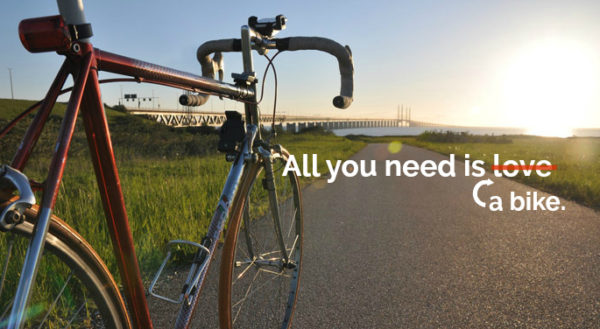

 Cycling Jacket
Cycling Jacket
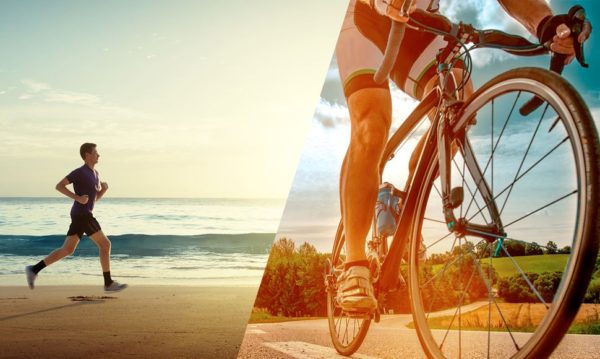
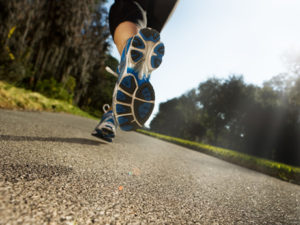
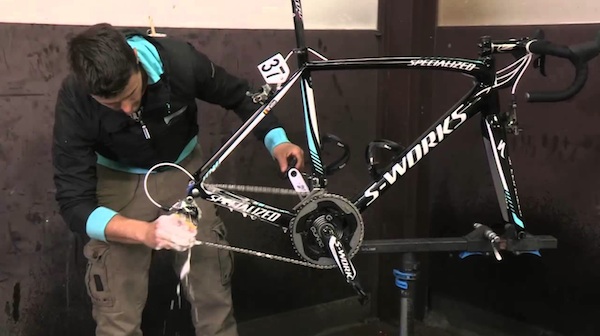
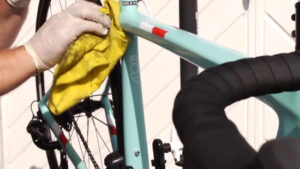
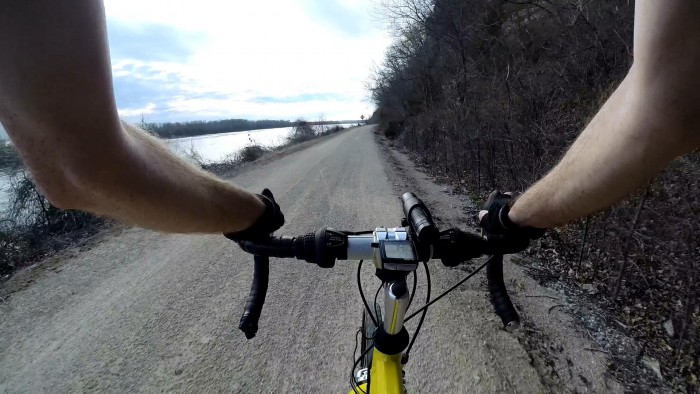
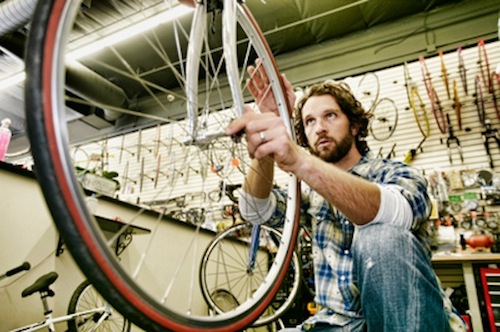 Buying a bike is an important investment in your health, wellbeing, and overall enjoyment. Getting the right one that is perfect for you will help ensure that you get the most out of your purchase and are thoroughly happy with it. Whether you have ridden a little bit before or you are a first time buyer, knowing a little bit about what you’re looking for will go a long way and will make the buying process easier.
Buying a bike is an important investment in your health, wellbeing, and overall enjoyment. Getting the right one that is perfect for you will help ensure that you get the most out of your purchase and are thoroughly happy with it. Whether you have ridden a little bit before or you are a first time buyer, knowing a little bit about what you’re looking for will go a long way and will make the buying process easier.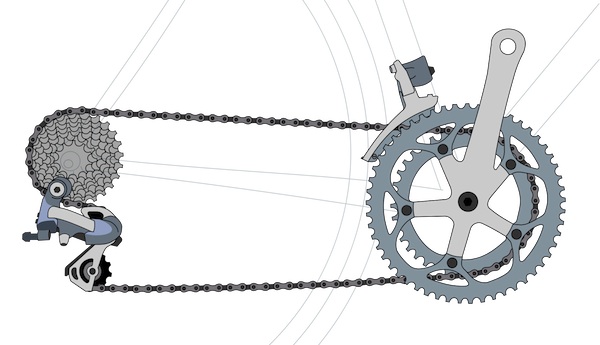
 The step by step guide outlined in this article can teach a child to ride a bike as quickly as an hour or two. The important thing to remember is that everyone learns at their own pace, so be patient have fun and use the techniques and steps outlined in this article and you will be riding bikes together in no time.
The step by step guide outlined in this article can teach a child to ride a bike as quickly as an hour or two. The important thing to remember is that everyone learns at their own pace, so be patient have fun and use the techniques and steps outlined in this article and you will be riding bikes together in no time. Getting into a new sport can be difficult both physically and mentally. Cycling is no exception to this and while there are plenty of tips that you can get for new cyclists, not all of them are specific or even helpful to women. For example, many new women cyclists can struggle with confidence in group riding or with understanding the intricacies of a good bike fit. Here’s the top 10 tips for new female cyclists.
Getting into a new sport can be difficult both physically and mentally. Cycling is no exception to this and while there are plenty of tips that you can get for new cyclists, not all of them are specific or even helpful to women. For example, many new women cyclists can struggle with confidence in group riding or with understanding the intricacies of a good bike fit. Here’s the top 10 tips for new female cyclists.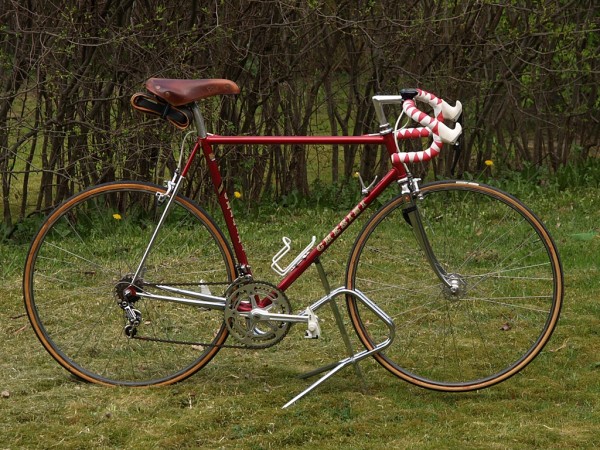 Heading out onto the roads can often be a little intimidating for experienced cyclists, which means that road bikes for beginners can be even scarier. In fact, there are some people who have given up on the hobby entirely before ever exploring the myriad of benefits that it can provide, no matter what your current levels of fitness or experience.
Heading out onto the roads can often be a little intimidating for experienced cyclists, which means that road bikes for beginners can be even scarier. In fact, there are some people who have given up on the hobby entirely before ever exploring the myriad of benefits that it can provide, no matter what your current levels of fitness or experience.